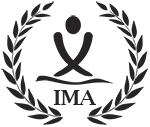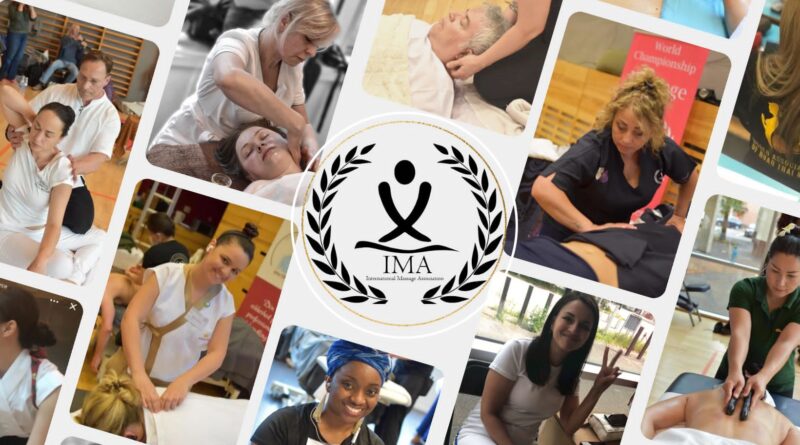Massage and Complementary Therapies: A Holistic Approach to Health and Wellness
Massage therapy is widely recognized for its ability to alleviate stress, reduce muscle tension, and promote overall well-being. However, its benefits can be further enhanced when combined with other complementary therapies. Integrating these therapies offers a holistic approach to health, addressing both the physical and emotional aspects of well-being. This article explores various complementary therapies that can be combined with massage and how clients can benefit from this integrative approach.
Acupuncture
Acupuncture is an ancient Chinese practice that involves inserting fine needles into specific points on the body to balance energy flow (Qi) and promote healing. When combined with massage, acupuncture can enhance relaxation, reduce pain, and improve circulation.
Benefits for Clients:
– Enhanced Pain Relief: Acupuncture can target specific pain points, while massage relaxes the muscles and improves blood flow, offering comprehensive pain management.
– Stress Reduction: Both therapies are effective in reducing stress and anxiety. When used together, they can provide deeper relaxation and emotional balance.
– Improved Energy Flow: Combining massage and acupuncture can enhance the body’s natural healing processes by ensuring a smooth flow of energy and reducing blockages.
Aromatherapy
Aromatherapy uses essential oils extracted from plants to promote health and well-being. These oils can be incorporated into massage therapy through inhalation or topical application.
Benefits for Clients:
– Enhanced Relaxation: Essential oils such as lavender, chamomile, and sandalwood can deepen the relaxation effects of massage.
– Improved Mood: Aromatherapy can uplift mood and reduce symptoms of depression and anxiety, complementing the emotional benefits of massage.
– Skin Health: Certain essential oils have anti-inflammatory and healing properties, enhancing the skin benefits of a massage.
Reflexology
Reflexology involves applying pressure to specific points on the feet, hands, and ears that correspond to different organs and systems in the body. This therapy can be seamlessly integrated with massage.
Benefits for Clients:
– Holistic Healing: Reflexology can address imbalances in the body’s systems, complementing the physical relaxation provided by massage.
– Improved Circulation: Both therapies enhance blood flow, aiding in detoxification and overall vitality.
– Stress and Pain Relief: Reflexology can target specific areas of discomfort, while massage provides a general sense of relaxation and well-being.
Chiropractic Care
Chiropractic care focuses on diagnosing and treating musculoskeletal disorders, particularly those related to the spine. Combining chiropractic adjustments with massage therapy can provide a comprehensive approach to musculoskeletal health.
Benefits for Clients:
– Enhanced Mobility: Chiropractic adjustments can realign the spine, while massage therapy relaxes the surrounding muscles, improving overall mobility.
– Pain Management: Both therapies can work together to alleviate chronic pain, particularly in the back, neck, and joints.
– Faster Recovery: For injuries or chronic conditions, the combination can speed up the healing process by addressing both structural and muscular issues.
Yoga and Stretching
Yoga and stretching exercises can complement massage therapy by enhancing flexibility, strength, and relaxation.
Benefits for Clients:
– Improved Flexibility: Massage relaxes muscles, making it easier to perform stretching exercises and yoga poses.
– Enhanced Relaxation: The meditative aspects of yoga, combined with the relaxation of massage, can significantly reduce stress and promote mental clarity.
– Strength and Balance: Yoga strengthens the muscles and improves balance, while massage helps maintain muscle health and prevents injuries.
Hydrotherapy
Hydrotherapy uses water in various forms (hot, cold, steam, or ice) to promote healing and relaxation. It can be an excellent complement to massage therapy.
Benefits for Clients:
– Muscle Relaxation: Warm water and steam can relax muscles before a massage, enhancing its effectiveness.
– Pain Relief: Cold water or ice can reduce inflammation and pain, particularly useful after a deep tissue massage.
– Detoxification: Hydrotherapy can help detoxify the body, complementing the circulation benefits of massage.
Herbal Medicine
Herbal medicine involves using plants and plant extracts to promote health and treat illness. When used alongside massage, it can enhance the therapeutic effects.
Benefits for Clients:
– Enhanced Healing: Certain herbs have anti-inflammatory and analgesic properties that can complement the pain-relieving effects of massage.
– Stress Reduction: Herbal remedies can help reduce anxiety and stress, enhancing the relaxation benefits of massage.
– Overall Wellness: Herbal supplements can support overall health, providing a holistic approach to well-being.
Conclusion
Combining massage therapy with other complementary therapies can provide a holistic approach to health and wellness, addressing physical, emotional, and mental well-being. By integrating these therapies, clients can experience enhanced relaxation, improved pain management, and a greater sense of balance and harmony. Whether through acupuncture, aromatherapy, reflexology, chiropractic care, yoga, hydrotherapy, or herbal medicine, the synergistic effects of these therapies can lead to profound and lasting benefits.
- Text by Jeppe Tengbjerg
Did you like the article? Or did you like taking part of the World Championship in Massage or one of our classes, then please feel free to give us a nice review on Google.

At the International Massage Association we are ongoing try to elevate the Massage Profession via our many Articles, Podcasts, Masterclasses and via the Educational Conference at the World Championship in Massage
Please follow the IMA Social Medias and read more articles and watch amazing videos: Facebook, Instagram, Youtube, TikTok, Telegram Channel, Whatsapp Channel, Threads, X, Linkedin




